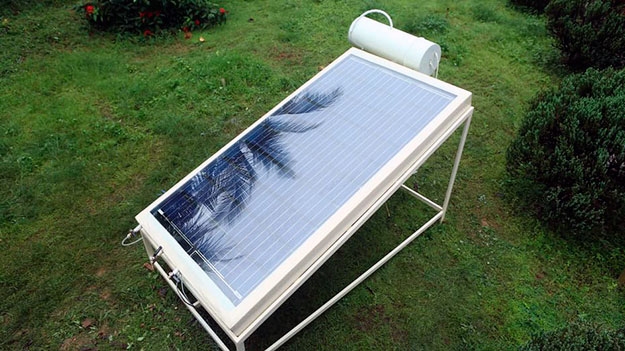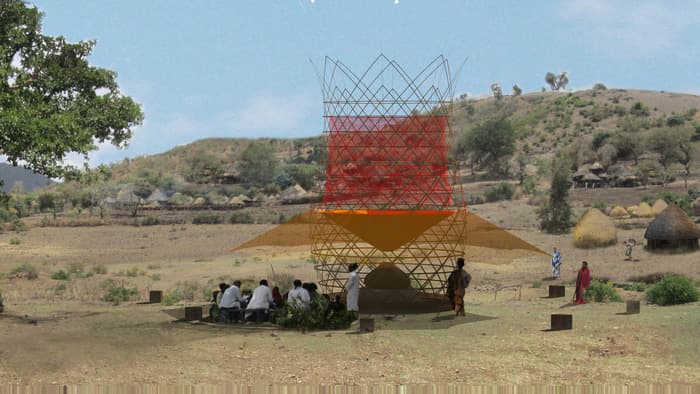Desalination may one day prove the savior for regions of the world where clean drinking water is scarce, but current technology dictates that this process is often expensive and energy-intensive. The team behind the Desolenator has high hopes of delivering water security to those in need, with a mobile desalinator that runs purely on energy from the sun.
At a time when the planet’s population is set to grow substantially and rising global temperatures are adding further uncertainty to the supply of fresh water, considerable effort is going into advancing desalination technology and making it cheaper and more accessible.
In 2010, IBM commenced work on a solar-powered desalination plant to bring fresh water to the Saudi desert, while later in that same year MIT revealed designs for a portable system powered by photovoltaic panels. Only yesterday we wrote about the Odyssée desalinator, an all-in-one system that uses wave-power to produce clean drinking water on the spot. Read more






